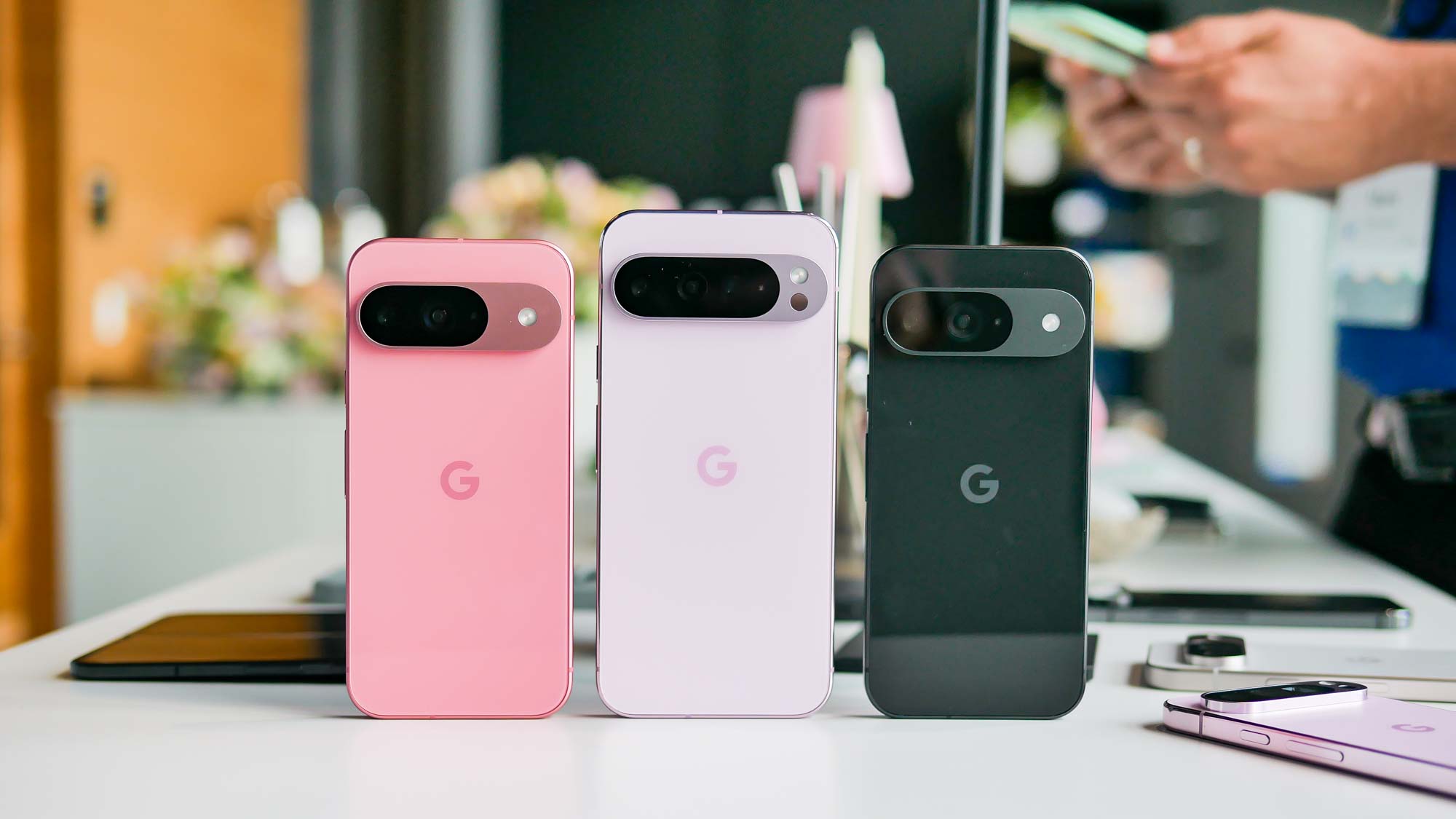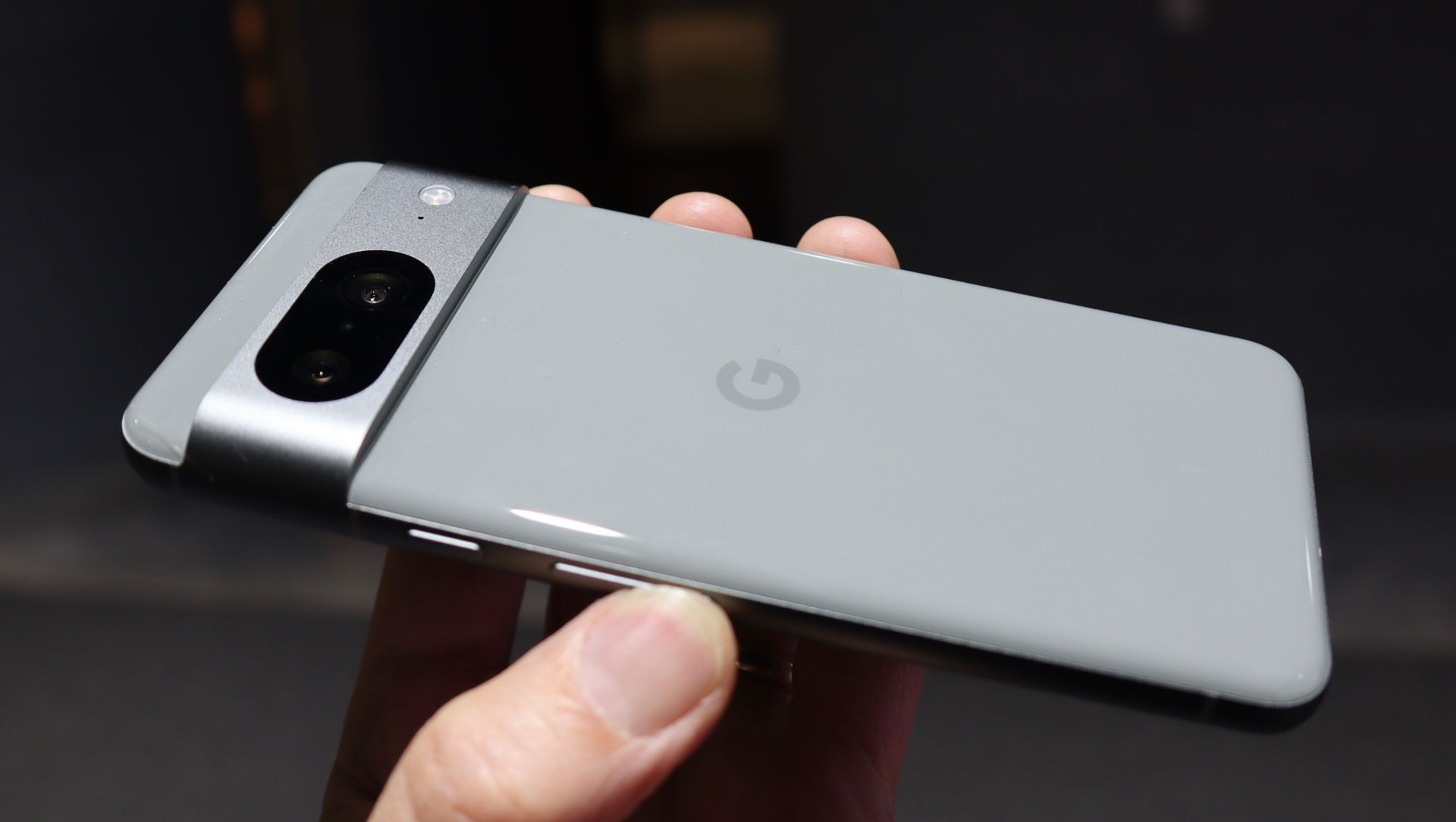Google’s Pixel smartphones are renowned for their cutting-edge technology and high-quality cameras, but one aspect where they’ve historically lagged behind is the display—specifically, the PWM (Pulse-Width Modulation) dimming rates used to adjust screen brightness. However, that’s all set to change with the upcoming release of the Pixel 10, as Google hints at significant improvements that could redefine user experience with their devices.

Understanding PWM Dimming Rates
Before diving into what’s changing, let’s clarify what PWM dimming rate means for your device. Essentially, PWM involves adjusting the brightness of the screen by controlling the duration of the light pulses. While effective, lower rates can cause eye strain or even nausea in sensitive individuals due to the perceptible flickering. High PWM rates mitigate these effects by reducing the flicker, thereby enhancing visual comfort.
Current Landscape and Google’s Aspirations
Historically, Pixel devices haven’t led the pack in this aspect. For instance, the Pixel 8 Pro operates at a PWM rate of 246Hz, quite low compared to competitors like Samsung, whose latest flagships boast a rate of 492Hz. Even more impressive, the Honor 200 Pro, a budget-friendly option, offers a stunning 3840Hz.
Nick Sutrich from Android Central, who has extensively covered this topic, shares that Google is now aiming to elevate the PWM dimming rates starting with its Pixel 10 series. This improvement isn’t just a minor tweak but a substantial overhaul intended to cater to users sensitive to PWM, ensuring a more comfortable and eye-friendly user experience.

Google’s Commitment to Enhancement
In conversations with Android Central, Google representatives expressed a keen awareness of the PWM sensitivity issues and confirmed ongoing investigations into enhancing their display technologies. They hinted that “updates later this year” would bring notable changes, likely starting with the Pixel 10. This suggests a shift not only in the hardware necessary to support higher PWM rates but possibly in software adjustments to enhance overall display performance.
Potential Software Innovations
While hardware modifications are crucial for permanently increasing PWM rates, software solutions can also play a supportive role. Similar to Motorola’s approach, Google might introduce settings that further mitigate flicker effects, enhancing the adaptability of their phones to individual user needs.

Looking Ahead: The Pixel 10 Release
As anticipation builds, the tech community is eager to see how these promised enhancements will materialize in the Pixel 10 series, expected to debut around August. This update could be a game-changer for Google, potentially setting a new standard for display technology across the smartphone industry.
By focusing on such a critical yet often overlooked aspect of smartphone technology, Google is not just improving a specification but is also enhancing the user experience, prioritizing comfort and accessibility. This move could attract a broader audience, especially those who prioritize screen quality and visual comfort in their device choice.
Stay tuned as we continue to follow Google’s journey with the Pixel 10, where technology meets user-centric innovation, possibly setting the stage for a new era in smartphone displays.
